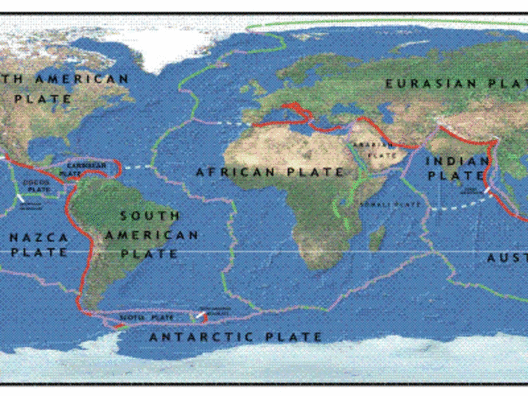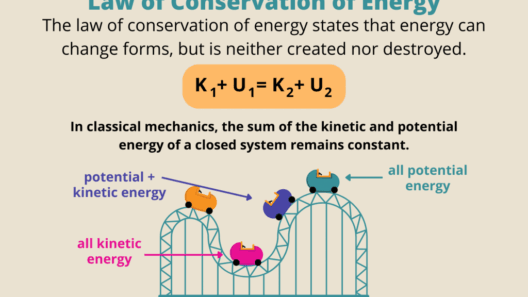In the realm of physics, the principle of conservation of mechanical energy emerges as a cornerstone concept. It posits that within a closed system, the total mechanical energy—comprising potential and kinetic energy—is conserved, provided no external forces do work. Yet, when we delve into practical applications of this theory, such as in educational tools like Chegg, the relationship between theoretical constructs and real-world phenomena becomes increasingly complex. This examination of “Chegg vs. Reality” seeks to unravel whether mechanical energy is, in fact, truly conserved or if nuances exist that merit deeper scrutiny.
At first glance, many students and educators may perceive Chegg as a bastion of clarity, offering succinct answers and expert explanations on homework problems. However, the reality that unfolds upon closer inspection speaks volumes about the limitations of simplified models in understanding intricate physical nuances. Mechanical energy conservation is a theoretical abstraction, yet its implications permeate practical scenarios in real-life mechanics.
To understand mechanical energy conservation, one must first comprehend the interplay between kinetic (the energy of motion) and potential energy (stored energy based on an object’s position). The classic example of a pendulum is illustrative. As a pendulum swings, it converts its potential energy to kinetic energy and vice versa. At the apex of its arc, when the pendulum momentarily halts, all energy is potential. Conversely, at the lowest point of the swing, all energy is kinetic. Here, energy transformation appears seamless, illustrating the conservation principle effectively.
Yet, in reality, various forces challenge this idyllic conservation narrative. Friction acts as a pernicious antagonist in many mechanical systems. In the case of the pendulum, air resistance gradually dissipates energy as thermal energy. Over time, the pendulum loses amplitude, demonstrating that while energy is conserved within closed systems, introducing variables such as friction shifts the paradigm. Here lies a critical distinction between theoretical models and practical phenomena that tools like Chegg may simplify or overlook.
The allure of Chegg and similar educational platforms rests in their ability to simplify learning. Students often appreciate the expediency with which they can access solutions. However, this convenience may inadvertently foster a superficial understanding of mechanical energy conservation—a simplistic reading of a complex concept. In the academic pursuit of physics, it becomes imperative to dissect and explore the intricacies that underpin energy transformations and the conditions under which they occur.
This dissection leads to another fascinating facet: the labyrinthine nature of energy dissipation. Engaging with real-world scenarios forces learners to contend with imperfect isolations. While the idealized systems championed in academia serve as valuable frameworks, they often fail to encapsulate the nuances present in practical applications. Take, for example, roller coasters—where mechanical energy transitions dramatically between potential and kinetic energy. The thrill derived from the ride showcases physics in action; yet, the presence of friction from track materials and air resistance means that not all energy is conserved as one might expect from the theoretical model.
Furthermore, the educational narrative often neglects to emphasize the qualitative aspects of recovery from energy dissipation. Lost energy does not merely vanish; it transforms into less useful forms, such as heat. In doing so, one can invoke the second law of thermodynamics, underscoring that while energy persists, its usability diminishes, raising profound ethical considerations in engineering and sustainability.
Equally notable is the dilemma of scalability. Many educational tools advocate for problem sets that presume ideal conditions, neglecting how transformations manifest under varied scales. A idealized spring-mass system may work flawlessly in a textbook but may exhibit vastly different behavior when scaled to larger or smaller mechanical systems. This inconsistency begs the question: how does one translate ideal behaviors to varied real-world contexts? The leap between idealized observations and the tangible reality necessitates a deeper engagement with the fundamentals of physics.
Ultimately, the fascination with mechanical energy and its conservation extends beyond academic inquiry. It serves as a foundational element for countless innovations, from renewable energy technologies to electric vehicles. Understanding the subtleties of energy conservation lays the groundwork for future advancements in energy efficiency, emphasizing the importance of honing critical thinking skills and fostering a genuine curiosity for the underlying principles of physical phenomena.
As educational resources like Chegg proliferate in the digital age, there rests a dual responsibility on students and educators alike—one that simultaneously leverages these tools for efficiency while championing a learning ethos rooted in realism. It is vital to approach material with an analytical lens, questioning and exploring the depth of knowledge rather than striving solely for immediate solutions.
In conclusion, the juxtaposition of Chegg’s simplified answers against the complex reality of mechanical energy conservation reveals much about our understanding of physics. While we can aspire to rigorous ideals of energy conservation, treating energy as an immutable concept can obscure the challenges posed by friction, air resistance, and other real-world factors. Our endeavor should be to bridge the divide between ideal cases and practical applications, nurturing a generation of learners equipped to grapple with the eloquent complexities of our physical world. Through diligence and curiosity, one can truly appreciate the nuance embedded within the very fabric of mechanical energy and its conservation.







